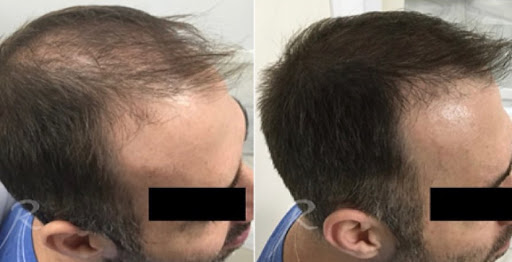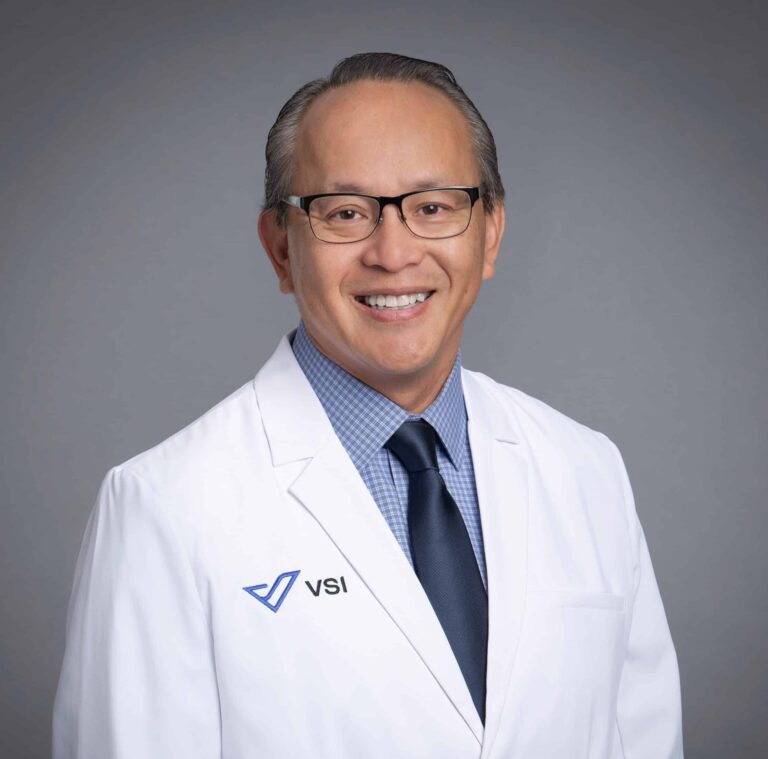
Harnessing the Healing Power of Patient’s own Blood to Help Hair Loss and Skin Rejuvenation
There’s a lot of talk about the power of Regenerative Medicine as a natural healing option for spine and other orthopedic conditions. But this innovative umbrella of treatments also holds great promise when it comes to aesthetics – helping people get back to feeling strong, happy, and confident about their appearance – and these benefits definitely aren’t as well known. Cristiano Ronaldo, Max Scherzer, Charlie Sheen, and even Madonna have all had positive results with regenerative medicine that have gotten them back to their respective physically demanding professions while avoiding the downtime that comes with surgery. Now it’s time to shine the light on the proven ways these same natural therapies are helping patients with aesthetic procedures.
Here are the top things you need to know about how regenerative medicine (platelet-rich plasma “PRP”) can address everything from hair loss to poor complexion:
What is Regenerative Medicine, and how does it naturally improve aesthetic procedures?
First – an explainer. Regenerative Medicine uses the body’s own tissues to heal itself and this promising, innovative treatment is providing transformative relief to countless patients dealing with a variety of spine and orthopedic conditions. At the Virginia Spine Institute, we also use it for a variety of cosmetic treatments too. In these cases, we are using the patient’s own blood to promote cell renewal.
How are you using Regenerative Medicine for cosmetic procedures?
Regenerative medicine has been around for a really long time. What’s new is the addition of Platelet-Rich Plasma (PRP) Therapy and what we’re trying to do when it comes to aesthetics is reverse the aging process. Regenerative medicine is a way of trying to stimulate the body to increase or upregulate its ability to heal itself and this applies to aging, hair loss, wrinkles, and general wear and tear on the body over time.
We use it to cause some irritation to areas of the body, whether it’s the scalp for hair loss or wrinkles or scars on the face. We signal the body to send cells to specific areas to fix and repair the tissue. Much like acupuncture, we use little needles. They don’t have medicine in them. They simply cause a reaction in the body that increases blood flow and healing factors.
Where do the growth factors come from that rejuvenate hair growth and facial rejuvenation?
Platelet-rich plasma or PRP is using your body’s own blood and the growth factors in the blood to help stimulate growth. In spine conditions and orthopedics we also use the patient’s own stem cells because that’s the safest option.
How effective is Platelet-Rich Plasma (PRP) Therapy for aesthetic procedures?
PRP focuses healing factors on a specific area and with hair loss, for example, more nutrients to the scalp can help the hair grow a little bit better or become a little thicker or improve the health of the hair follicle.
It’s not realistic to expect you’ll have a full head of hair after using regenerative medicine for hair loss, especially if you don’t have hair now. But if you have to thin and you still have good tissue and the problem is simply that there aren’t enough nutrients, growth factors, or blood flow to the area – this can certainly help. The best thing about this is that you’re using your own body so risks are minimal. You’re just boosting your body’s own ability to heal itself and recreate its own tissue.
Is PRP safe in reversing hair loss and improving complexion?
Safety comes first for us so we want to be clear that we use the client’s own healing properties, in this case, blood, in all of our regenerative medicine procedures. To ensure safe procedures, people also want to go to providers that do comprehensive medical evaluations and are experienced so they don’t have to worry about infection or additional risk factors.
What should I do if I’m interested in learning more about regenerative medicine and a specific cosmetic procedure?
The first and most important step is to get a good consultation. With hair loss or skin issues – it’s important to understand the root cause, get a good medical history, check for drug interactions, and run bloodwork to look at hormone and thyroid levels and other things that are fixable. Once that’s done – regenerative medicine is another tool available in your toolbox.
Expect the number of treatments to vary based on the person, their age, and their needs. If a patient is healthy and dealing with hair loss or facial scarring, it usually takes a few treatments – between 2 and 3 to see progress. We can see and patients can feel results right away. Patient satisfaction scores are generally very high because patients notice the difference and they can, for example, feel their skin is tighter and fuller.
What is recovery like? Can I go back to work the same day after the treatment?
Probably not from an aesthetics perspective. After a procedure on your face or scalp, you’re likely to look like you have a sunburn. We recommend taking a day or two to let things calm down. And because you’re not allowed to use makeup on top of the procedure or the skin right away, there’s no way to conceal the initial reaction. You can expect the procedural effects will be gone in a few days and your appearance will return to normal.
Is PRP Therapy painful?
On a scale of 1 to 10, I’d put it somewhere between a 3 to 5 for most people because it does involve a lot of needles on your face and scalp. But pain is relative so there can be great variety in patients’ opinions on this one.
If needles make you uncomfortable, we can give a patient a little bit of sedation in our Regenerative Medicine suite where they’re monitored so everything is safe. That can help with the painful process for some too and reduce any anxiety a patient may feel.
What is the promise of regenerative medicine?
I think we’re just at the tip of the iceberg if you will. There’s so much potential in regenerative medicine. Regenerative medicine is probably the closest thing we have to a possible fountain of youth. Now we need to take advantage of it.
Topics covered
About the Author
Featured Resources
Insights to Achieve a Pain-Free Life


